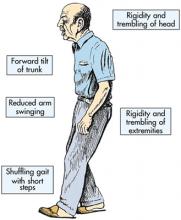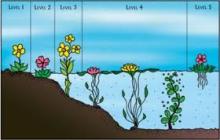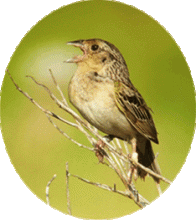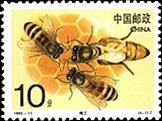Die Firma BAYER ist verantwortlich für eine drohende Umweltkatastrophe
In seinem neuen Buch „Das Ende der Artenvielfalt“ belegt der holländische Toxikologe Dr. Henk Tennekes den Zusammenhang zwischen dem großräumigen Einsatz von Pestiziden und dem Rückgang zahlreicher europäischer Vogel- und Insektenarten. Die Agrochemikalien vergiften Käfer, Bienen, Fliegen, Schmetterlingen und Motten. Hierdurch wird der Bestand vieler Vogelarten gefährdet, da mit den Insekten eine Hauptnahrungsquelle wegfällt. Hauptverantwortlich für diese Entwicklung sind Ackergifte aus der Gruppe der Neonikontinoide. Weltmarktführer für Produkte dieser Substanzklasse ist die Monheimer Firma BAYER CropScience. Der Wirkstoff Imidacloprid gilt als meistverkauftes Pestizid weltweit, die BAYER AG erlöste damit allein im vergangenen Jahr 600 Millionen Euro. Das ebenfalls von BAYER produzierte Clothianidin hatte vor zwei Jahren das großflächige Bienensterben in Süddeutschland verursacht. Dr. Tennekes fordert ein unverzügliches Verbot der Mittel: „Das Risiko von Pestiziden wie Imidacloprid und Thiacloprid wird enorm unterschätzt. Die Firma BAYER ist verantwortlich für eine drohende Umweltkatastrophe. Ein Verbot neonikotinoider Insektizide ist aus meiner Sicht dringend erforderlich, um weitere Bienen- und Vogelsterben abzuwenden“.









